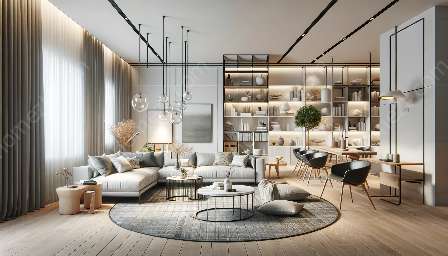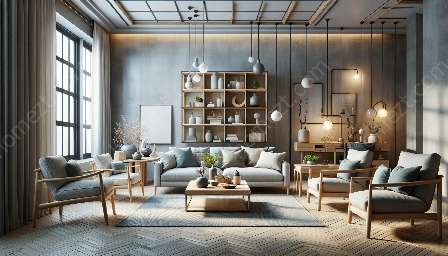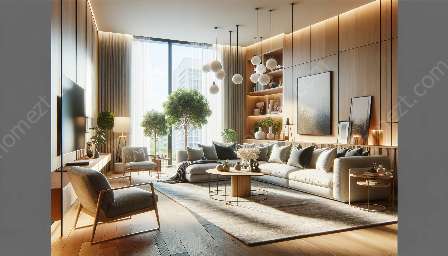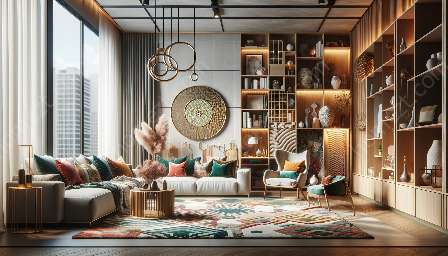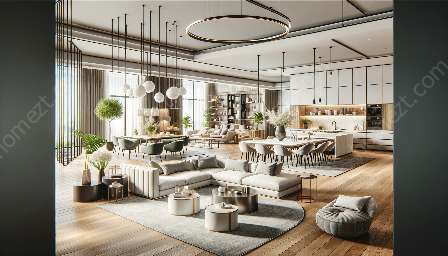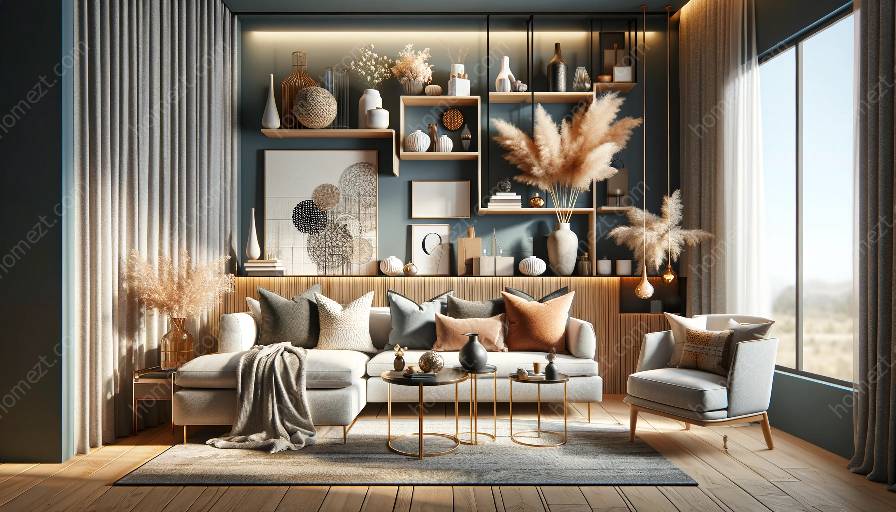Introduction:
When it comes to interior design, the devil is in the details. Accessories arrangement plays a crucial role in creating an aesthetically pleasing and functional space. By complementing furniture arrangement and home furnishings, accessories can elevate the overall ambiance of a room. In this guide, we'll explore the art of arranging accessories in an attractive and real way, while ensuring compatibility with furniture and home furnishings.
Understanding the Role of Accessories
Accessories are the finishing touches that bring life and personality to a room. From artwork and decorative objects to throw pillows and rugs, accessories serve as the bridge between furniture and home furnishings. They tie the elements of a room together and help create a cohesive and inviting environment.
Furniture Arrangement and Accessories: A Harmonious Blend
Successful furniture arrangement takes into account the placement, scale, and functionality of each piece. When integrating accessories, it's essential to consider the relationship between the two. Accessories should enhance the furniture layout by accentuating focal points and balancing visual weight. For example, a large statement mirror above a console table can add depth and interest to a living room, while a carefully curated gallery wall can complement a well-arranged seating area.
Complementing Home Furnishings with Accessories
Home furnishings encompass a range of items such as curtains, area rugs, and bedding that contribute to the comfort and style of a space. Accessories should harmonize with these elements, reinforcing the overall design scheme. For instance, decorative cushions can tie in with the colors of a rug, while coordinating window treatments can echo the texture of a sofa fabric. This seamless integration ensures a balanced and visually captivating interior.
Tips for Creating an Alluring Accessories Arrangement
- Consider Scale: Vary the size of accessories to add visual interest and prevent monotony. Mix larger statement pieces with smaller accents to create a dynamic display.
- Embrace Balance: Distribute accessories evenly throughout the room to maintain visual equilibrium. Balance contrasting elements such as light and dark, smooth and textured, or bold and subdued.
- Layer with Texture: Incorporate diverse textures to add depth and dimension. Mix smooth surfaces with tactile materials like wood, metal, or fabric for a tactile and inviting environment.
- Play with Color: Introduce pops of color through accessories to liven up a space. Aim for a cohesive color palette that complements the existing furnishings and creates a unified look.
- Showcase Personal Style: Use accessories as a means of expressing your personality and interests. Display items that resonate with you, whether they are travel souvenirs, art pieces, or family heirlooms.
Conclusion
Accessories arrangement is an essential component of interior design, providing the opportunity to elevate the style and functionality of a living space. By understanding the relationship between accessories, furniture arrangement, and home furnishings, you can create an attractive and real environment that reflects your personal taste and enhances your daily living experience.




